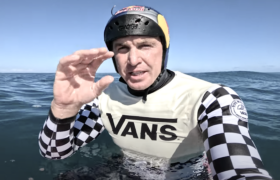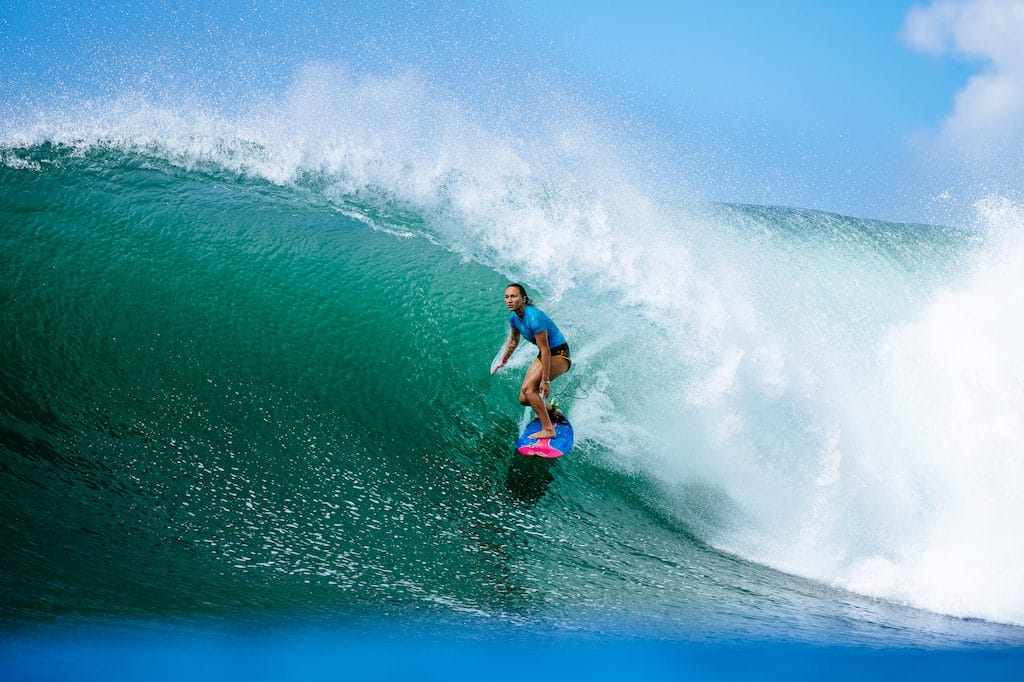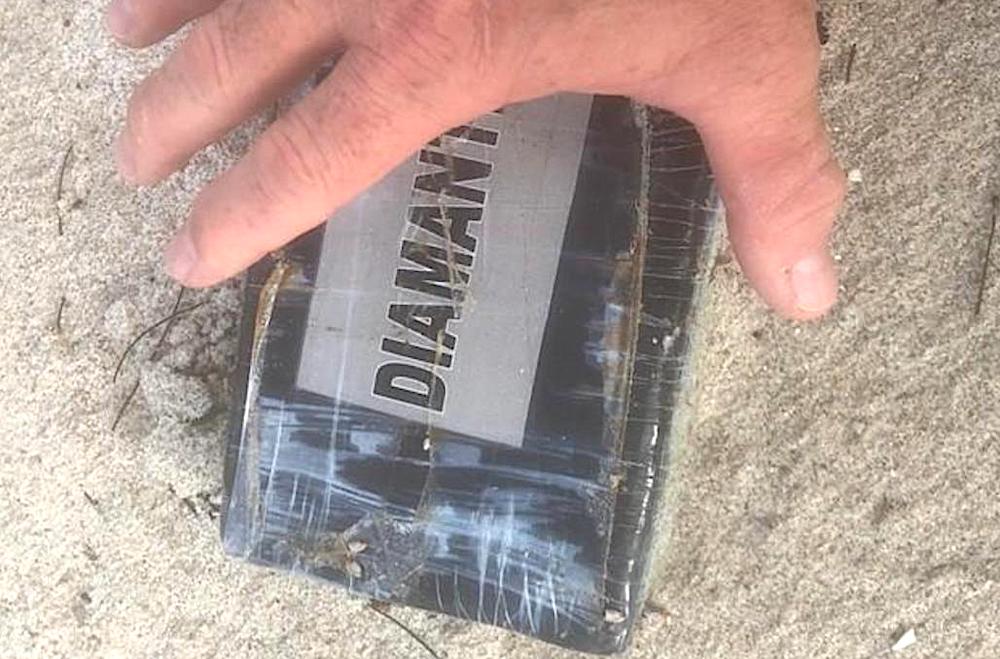Let's get ready to Lululemon!
It’s been a minute. I left you somewhere in Portugal and I hope that you found your way home safely. You seem like smart people who can handle that kind of thing.
We are currently two weeks out from the final event of the women’s championship tour. Carissa Moore still leads the rankings, but Lakey Peterson is very close behind her. Thanks to her win at Portugal, Caroline Marks sits third.
I will do the world title scenarios when we get closer to the start of Honolua. If I do them now, I will forget all of it by the time Honolua starts. This defeats the purpose entirely. Also, I have the memory of a freshly hatched fruit fly.
Olympics, yes they matter
Australia has its Olympic team set (provisionally) with Sally Fitzgibbons and Steph Gilmore heading to Japan. But the two U.S. slots are still totally in play. Moore, Peterson, and Marks hold the top three spots on in the world rankings, and only two of them can make the team. That third place is definitely going to sting.
And yes, “real surfers” (whoever they are) may not care about the Olympics. But for women athletes, the Olympics matter a great deal. At least in the short run, making the Olympic team promises a nice bump in sponsorship. An athlete can more easily the notice of mainstream sponsors, which typically have deeper pockets.
As an “Olympic hopeful” Peterson has already picked up a deal from Toyota. Expect more of that in the next year. It’s not the kind of thing that lasts forever, but neither does a career as a pro athlete. Get it while you can, girls.
Same as it ever was, 2020 CT schedule
In the meantime, the WSL released next year’s CT schedule. Same-same. The only change is G-Land for Keramas, a switch we have discussed at some length on the men’s side. Tati West and Caroline Marks will be frothing. I am a fan of adding a left to the women’s Tour, so G-Land is a good decision, from where I’m sitting. But I also liked Keramas. Why can’t we have both? Related, why doesn’t money grow on trees?
Similar to 2019, there is no women’s event in Tahiti. Should there be? During my brief visit to Lemoore this September, I asked this question to several of the CT women. Enthusiasm levels varied, though none of the women I spoke to were opposed to the idea of competing at Teahupo’o.
Characteristically, Gilmore took a cautious approach. “I think women have some kind of like, commonsense button in their brain that goes, ‘boop, boop,’ I don’t think it’s a good idea,” she said. “But in saying that, I think if we have an event there, the women will go there and train and make that happen.” (As an aside, Gilmore is not the only female athlete who has told me that they believe women approach risk differently from men.)
Gilmore would like to see a standalone event for women at Tahiti as a first step. “Then we can pick the conditions that we know will challenge us, but kill us,” she said. This last bit came with very Australian deadpan humor, which I deeply enjoy.
You will not, I think be surprised to learn that Courtney Conlogue would go for it. “I feel like it’s in my blood,” she said. “It’s not that I would be careless about it. I prepare myself in every aspect and I know the risks I’m taking.” Conlogue says she always looked up to women such as Chelsea Georgeson, Rochelle Ballard, and Melanie Bartels, who competed at Teahupo’o when it was still on Tour.
“There’s just something about a barrel,” said Conlogue. “It’s so special. And all the spots like Tahiti are the view of a lifetime. And the adrenaline. I feel like those sensations you get in barrels like that are amazing. There’s probably moments in other sports where you experience that same feeling where everything slows down. But there’s nothing like being barreled where nature is like, hugging you. It’s like this nice little cocoon in the barrel. But I feel like, I would embrace going to Tahiti, for sure!”
Here’s Conlogue in Ireland, recently, going for it. https://www.instagram.com/p/B4aAkIZHgy5/ She looks mighty small on that wave, doesn’t she.
Eventually, the question of a women’s event at a spot like Teahupo’o or Cloudbreak brings us back to the question of money growing on trees. It’s a sport, not Unicef. Sending the women out in giant Teahupo’o probably won’t make the sport look great in the short run. In the long run, though, raising the level means pushing boundaries and making friends with fear.
Casey Brown, one of the top women in freeride mountain biking says it well: “There’s never going to be stories from comfort and security. And there will be fear out there, but you’re going to do it anyway. Because you’re best friends with fear. Fear’s your buddy.”
lululemon, your favorite new surf brand
The Maui Pro starts on 25 November and yes, yes, of course, I will write about it. I did not mean to wander off during Portugal. Sometimes, things happen over here! I love Honolua the most and will have my eyes glued to every heat, while also chewing my nails down to nothing over the world title race.
For the 2019 edition of Maui Pro, clothing brand lululemon has stepped in as the title sponsor. lululemon Maui Pro. And yes, the brand does not capitalize the first letter. Don’t say you never learned anything here at Beachgrit! It is so educational. As you all know, because you watch her heats obsessively, lululemon currently sponsors Malia Manuel.
What could lululemon possibly have to do with me, I ask, eyeing my teetering pile of color-coordinated sports bras and work-out wear. Yes, yes, my gym clothes have to match. I blame the part where lifting involves standing in front of an assortment of mirrors for two hours. Honestly, it’s amazingly distracting if your sports bra does not match your tights. And socks! If my socks don’t match, it’s totally over.
Also, the plates must be reracked by size. But really, I’m not at all OCD. It’s fine over here! It’s totally fine.
Okay, let’s all watch the lululemon Maui Pro in two weeks and you can hold my hand when it gets too stressful! I get so nervous when the title race is super close. Please come hold my hand and watch the scary heats with me!





